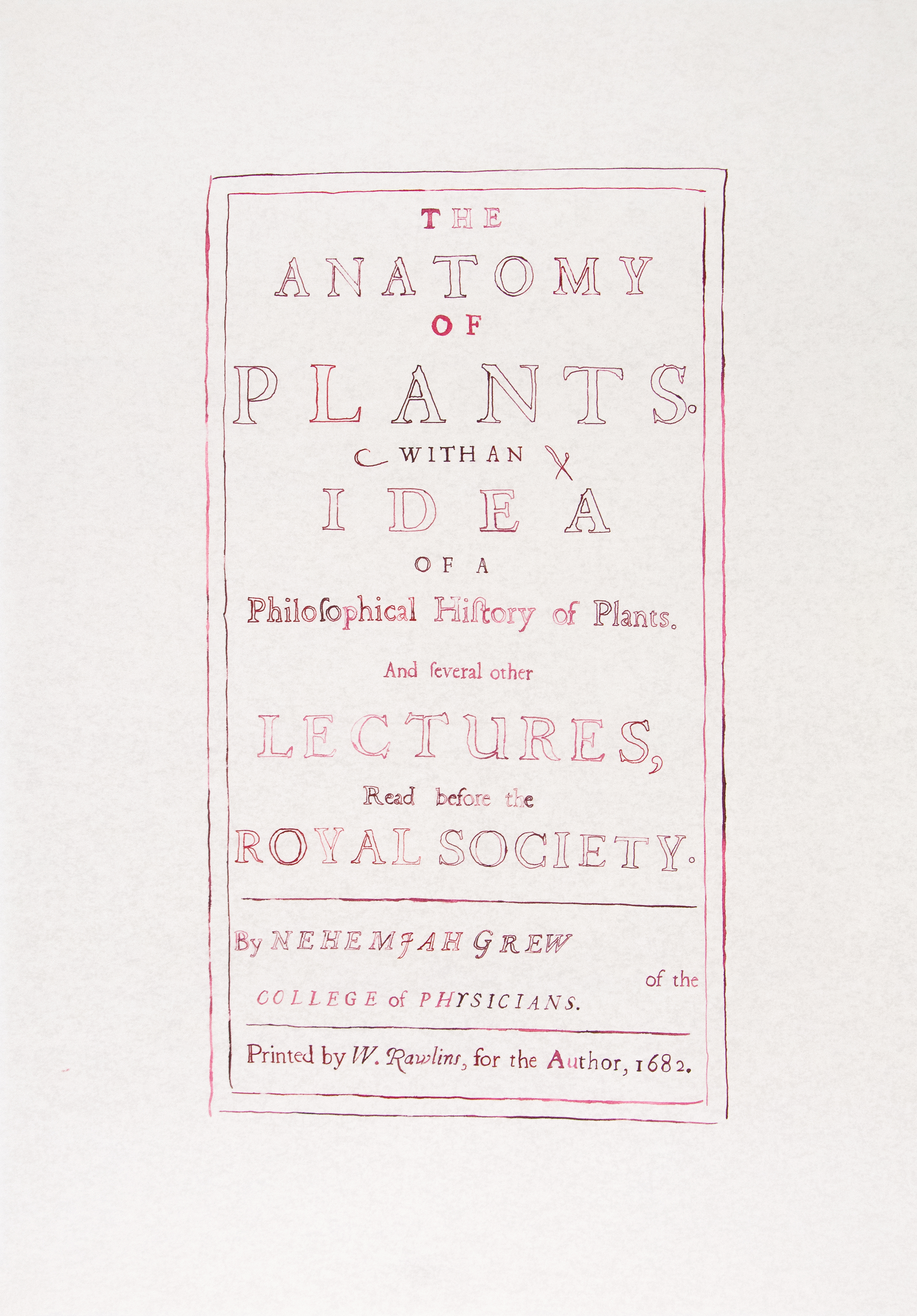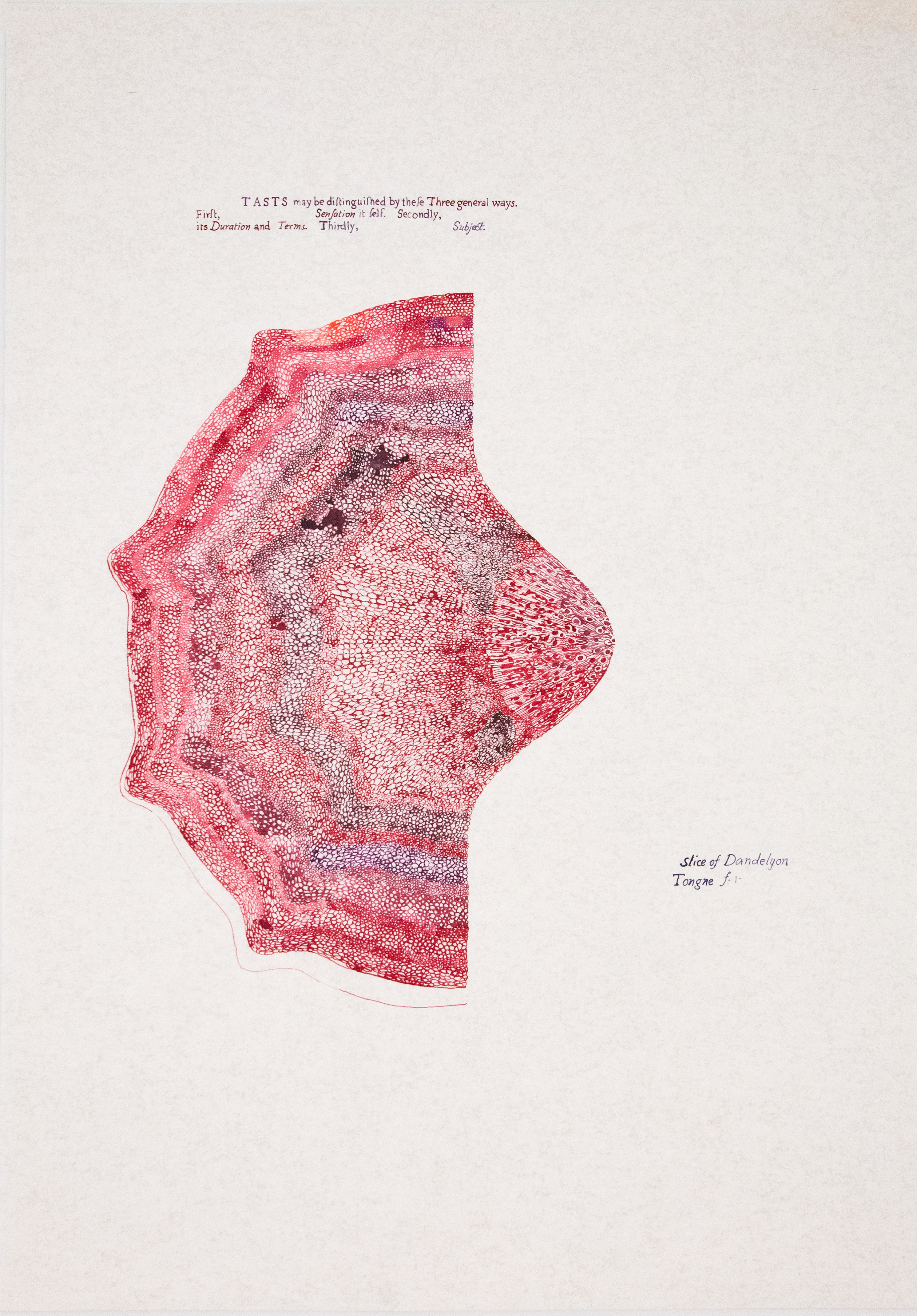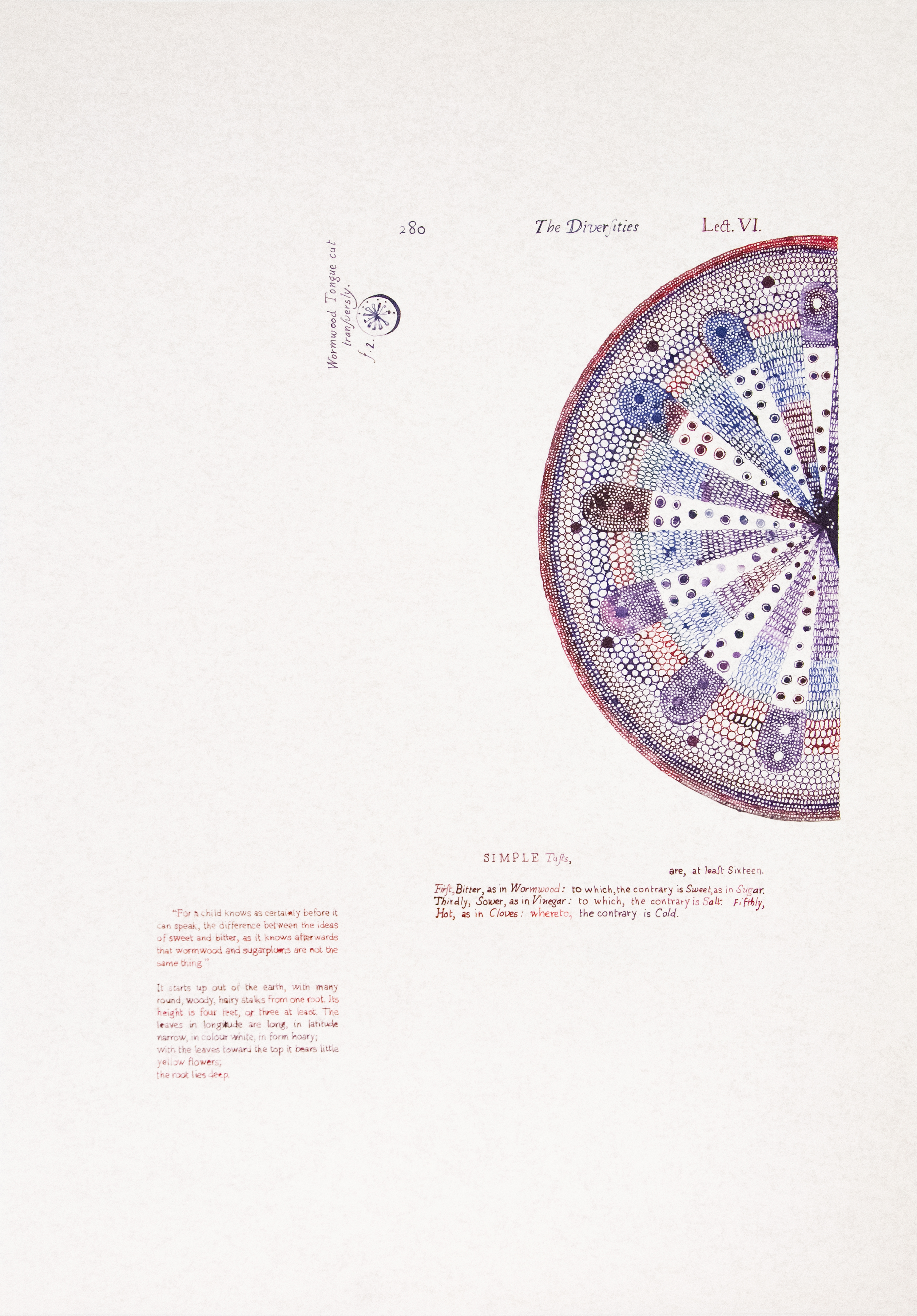Anatomy of Plants / The Classification of Taste
Ink Drawings on American Gateway Paper
72.5cm x 50.5cm (10) and 72.5cm x 101cm (1)
2020-Ongoing
Published in 1682, Nehemiah Grew’s ‘Anatomy of Plants’ introduced, for the first time, a meticulous representation of a plant's corporeality. Having little to go on in terms of what composed a plant’s body, Grew fell back on two key modes of research—the first being a comparative study with existing anatomical studies of animals and humans, and the second a sensorial approach to empirical research, with heavy reliance on touch, taste, and smell as an extension of sight.
Circulating in the public domain, Grew’s research, and particularly his illustrations, have been viewed, shared, and devoured widely over the past two decades, if not more, with renewed interest for its machinist aesthetics. Anatomy of Plants—The Classification of Taste is an excerpt from a larger project, which engages with this widely circulating resource, focussing on Grew’s intimate methodologies of research—in this case through the discourse on taste.
Tasting the other as the other tastes you. Scientific research in Grew’s work seems to extend to include consumption, intimacy, and the forging of a mutual relationship between the two. This is a clear break from earlier Aristotlean beliefs that taste occupies the lowest position compared to other human senses, owing to the distance between the observer and the observed being reduced to such a degree that objectivity is highly unlikely. This questionable objectivity is taken a step further through an editorial and annotative engagement with the resource—both visual and textual—in order to blur the boundaries further between the animal and the plant, the observer and the observed.










